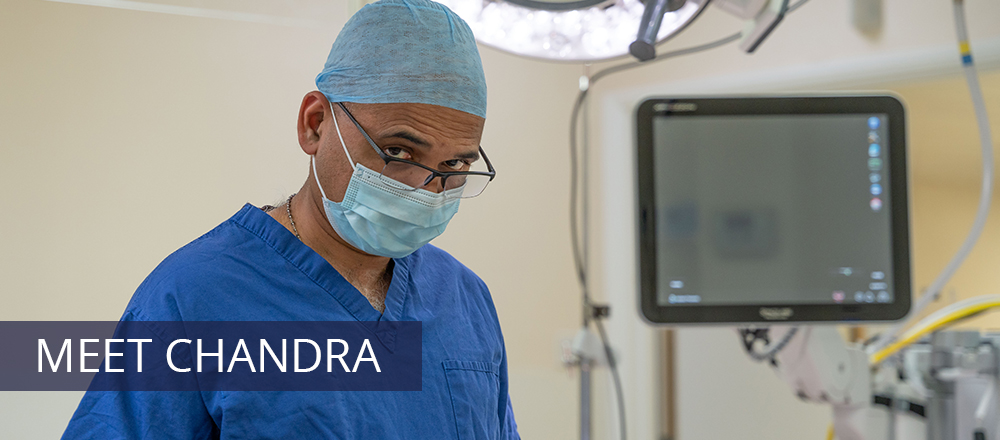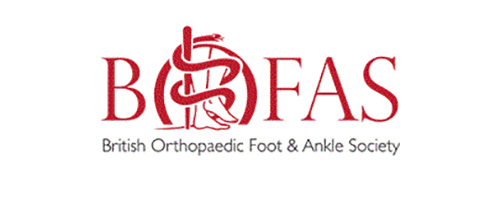Ankle Fusion
Ankle Fusion is an operation to “fuse” or stiffen the ankle joint. Ankle fusions are done for two main reasons:
(1) arthritis of the joint, because of a previous injury that has damaged the joint, a generalised condition such as osteoarthritis or rheumatoid arthritis, or because the joint is just wearing out for some other reason
(2) severe deformity of the rear part of the foot, such as a flat foot, high-arched or “cavus” foot, a club foot or other deformity, in which the ankle joint is also deformed, unstable or damaged.
Why would it be done?
It is now possible to treat some arthritic ankle joints by replacing the joint, in the same way as arthritic hips and knees can be replaced. However, this is only suitable in older patients without major foot deformities, or people with rheumatoid arthritis or similar diseases. It would not be suitable if:
- you are young (usually under 45) or very physically active
- you have a severe foot deformity
- your ankle is very unstable
- you have had infection in the ankle or the bones around it
- the bone under the ankle (the talus) has collapsed
In these situations a fusion would be advised instead. If you have a severe foot deformity you may be advised to have this corrected at the same time as your ankle fusion by fusing other joints and/or breaking and realigning the foot bones. This would be discussed at the same time as your ankle fusion and we have other information sheets which give information about major foot fusions.
We are sometimes asked if a fusion can be changed to an ankle replacement later. This is not possible, as the foot becomes too stiff for an ankle replacement to work.
We often inject local anaesthetic or steroid into damaged joints, before any surgery is considered, to see whether this helps the pain. In some people, this gets rid of the pain and surgery is not necessary. In others, pain relief does not last but the results of the injection helps us to decide which joints to fuse.
What does it involve?
Ankle fusion in this hospital is nearly always performed by an arthroscopic (telescope) technique. This involves inserting a telescope into the ankle and by using specialised instruments we can remove the joint surface to allow the two bones to heal together. The bones are held rigidly by two screws inserted from the inner aspect of the leg just above the ankle joint. The operation will involve therefore 4 small cuts of approximately 1cm around the ankle.
Some people who have foot deformities have a tight Achilles tendon (“heel cord”), or weak muscles, or both. The Achilles tendon may be lengthened during surgery by making three small cuts in the calf and stretching the tendon.
What will happen after I go home?
By the time you go home you will have mastered walking on crutches without putting weight on your foot. You should go around like this for 2 weeks.
10-14 days after your operation you will be seen again in the clinic. Your plaster will be removed and the cuts and swelling on your foot checked. If all is well you will be put back in plaster or a brace. You should continue walking with your crutches but at this stage you can begin putting a little weight through your foot.
About 6 weeks after your operation you will come back to the clinic for an Xray. If this shows the joint is healing in a good position you can start putting about most of your weight through the plaster or brace. The physiotherapist will teach you how to do this.
You will have further Xrays once 3 months have elapsed. If the Xrays show that the joint is fused enough to take your weight, the plaster will be removed and you can start walking without it. Some people need to stay in plaster longer than 3 months.
CONTACT INFORMATION
Private Secretary: Jo Evans
joanne.evans66@nhs.net
NHS Secretary: Jo Brindle
jo.brindle@wvt.nhs.uk







